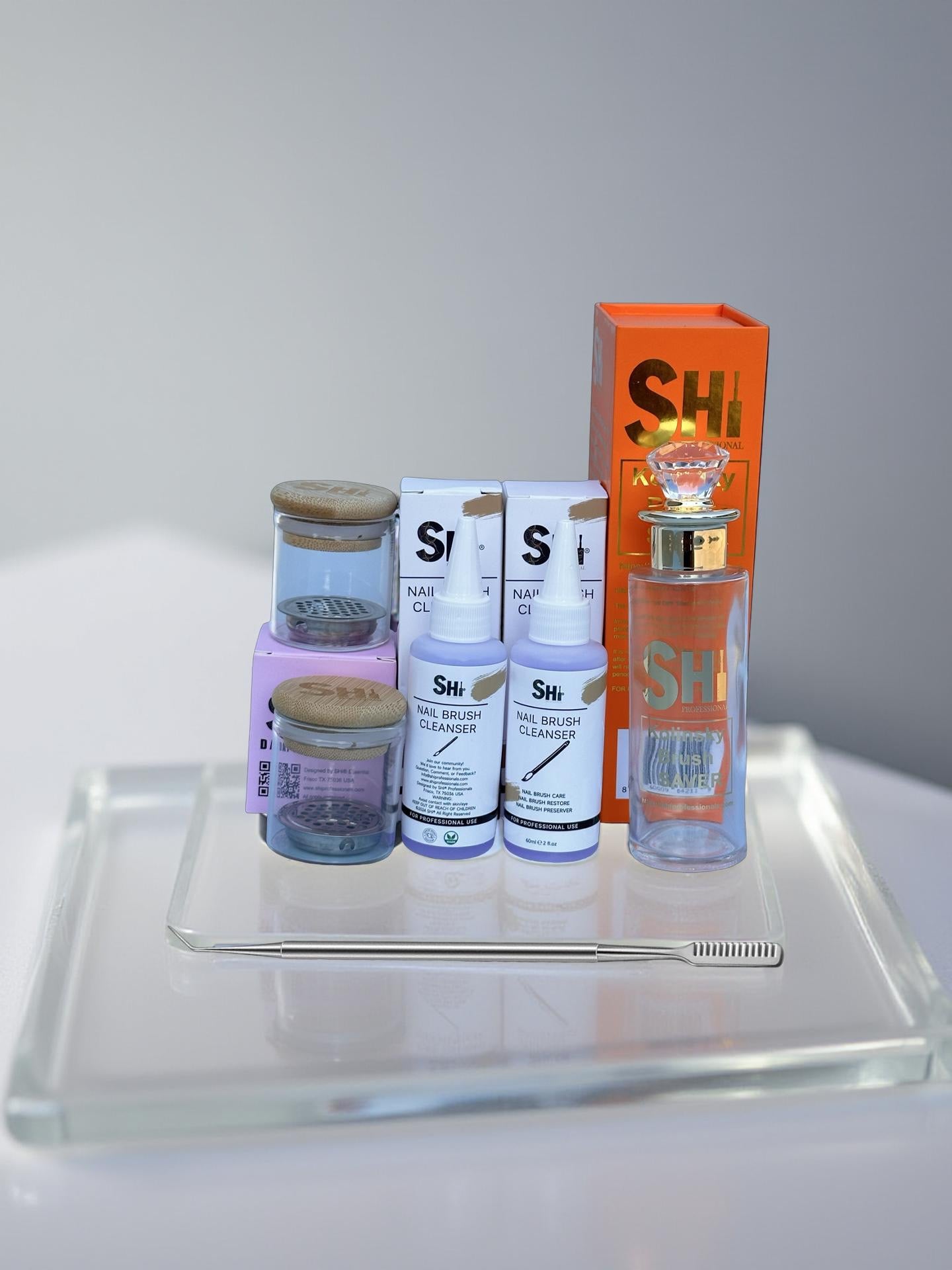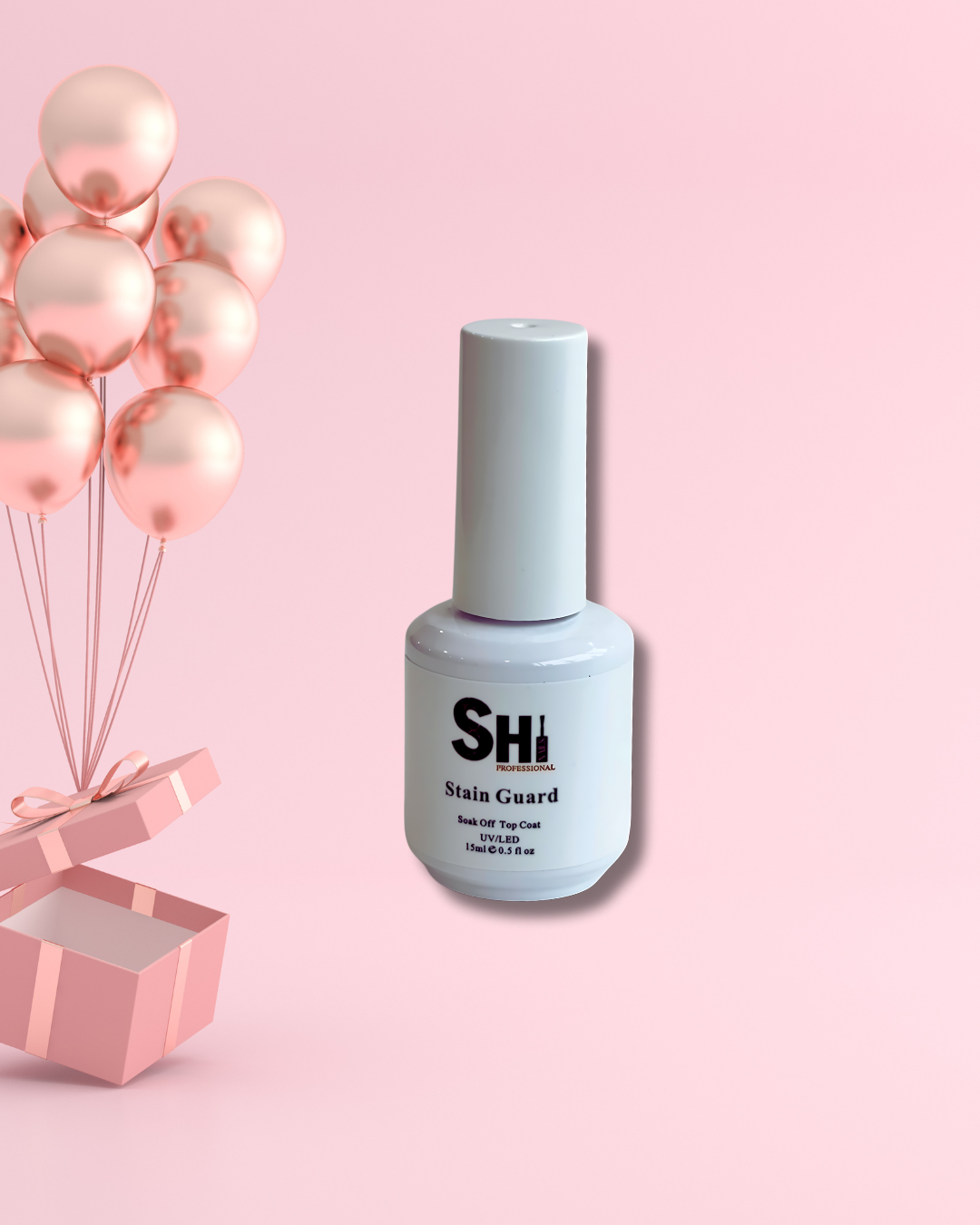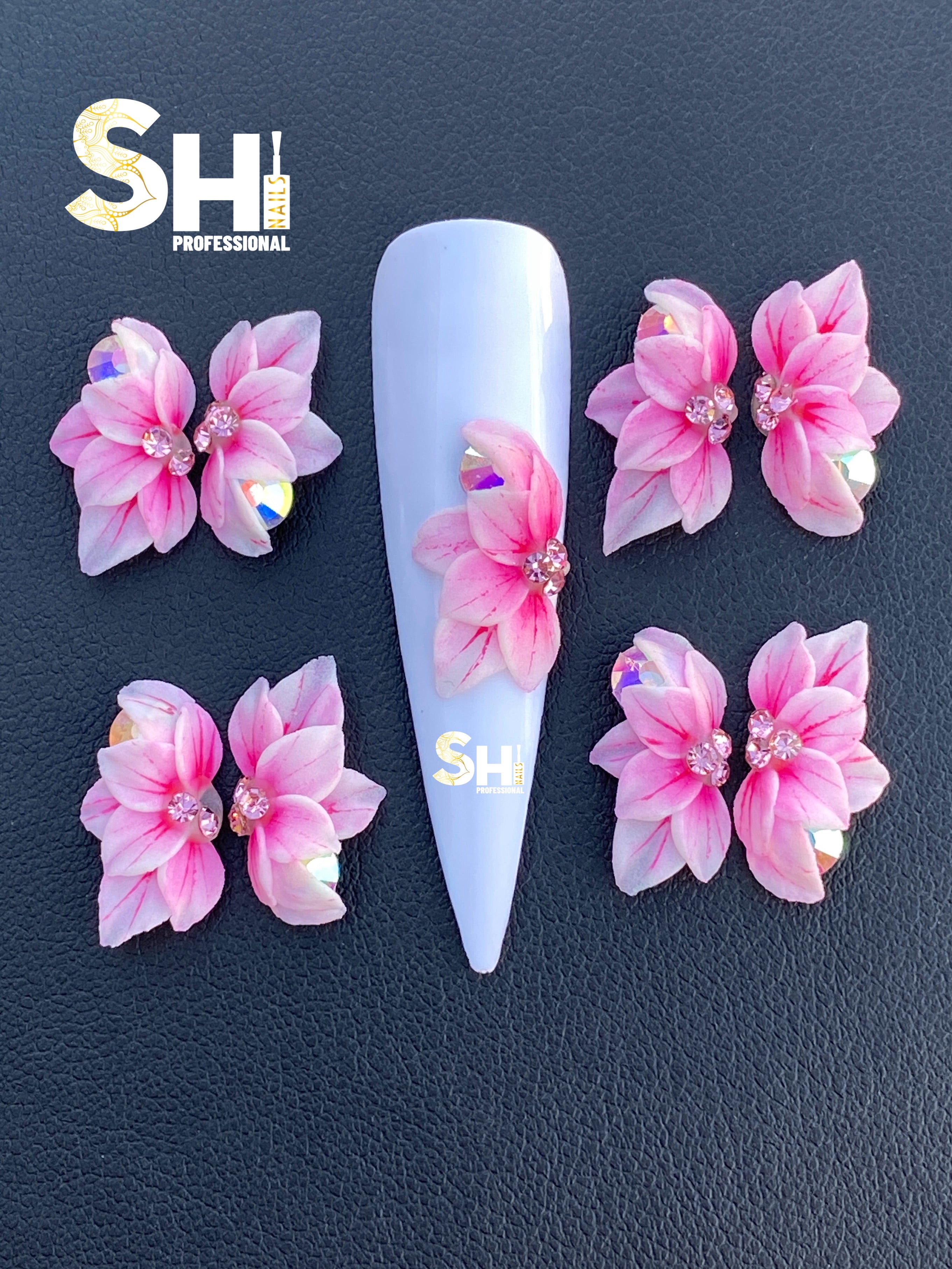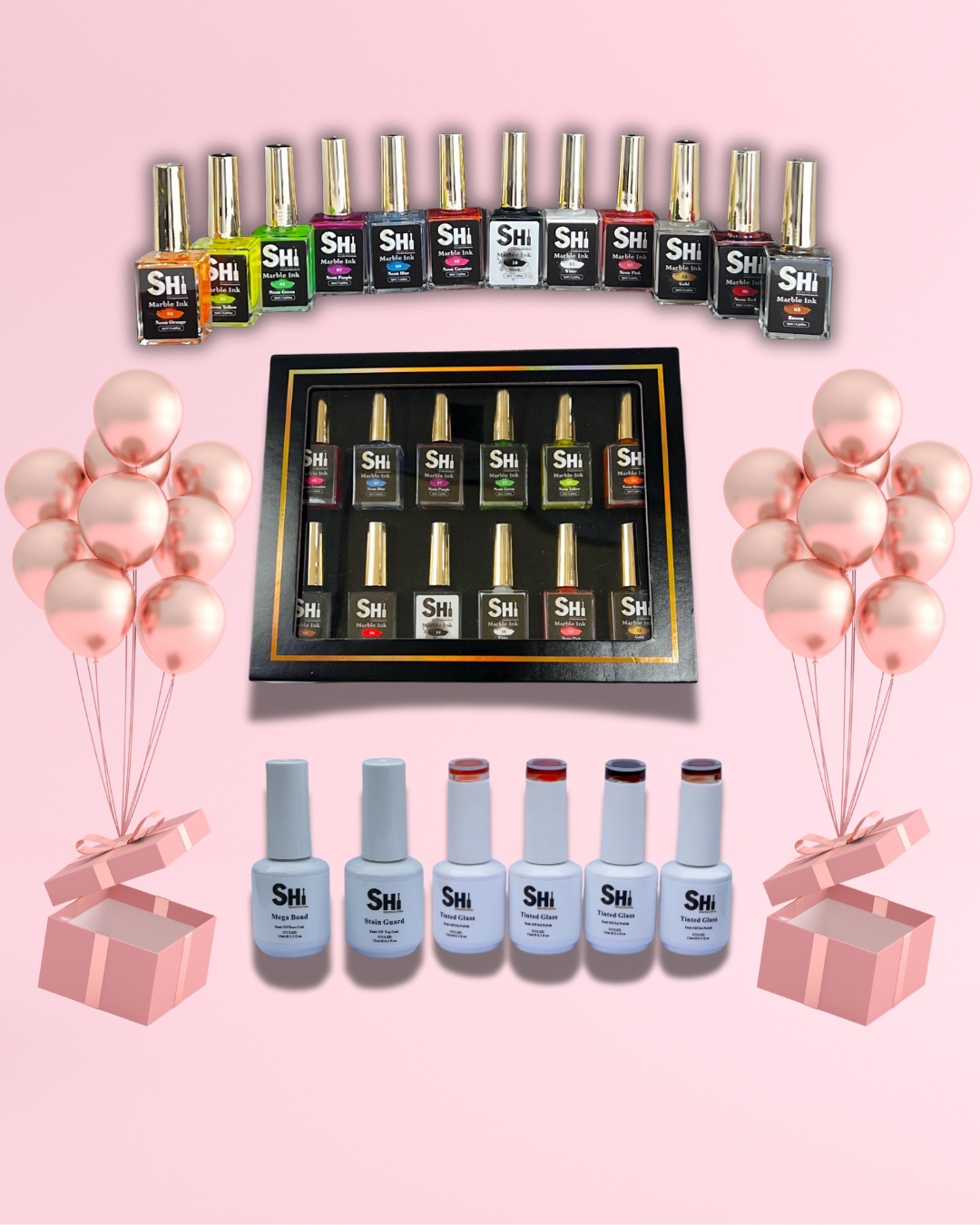What Speed Should I Use for a Nail E-File?
Choosing the correct speed for a nail e-file during an E-File manicure is crucial for achieving high-quality results, ensuring client comfort, and minimizing the risk of skin injury. The appropriate speed depends on several factors, including the type of cuticle and the depth of the cuticle pocket.
Understanding Nail E-File Speed
When working with a regular client, you might already be familiar with their specific needs and the suitable e-file speed. However, when working with a new client, it's important to be cautious and start with a lower speed to gauge what works best.
First Tip: Start with a lower speed than you typically use for that skin type to avoid mistakes due to unfamiliarity with the client's specific needs.
Factors Determining the Optimal Speed
To determine the appropriate speed for the nail e-file during a manicure, consider the following factors:
- Type of Cuticle
- Depth of the Cuticle Pocket
Type of Cuticle
Identifying the type of cuticle on the client's nails is essential. There are three primary types of cuticles: normal, overgrown, and moist.
- Normal Cuticle: Smooth and even, without signs of inflammation, cracks, or hangnails. It grows evenly and does not extend beyond the proximal fold, making it the easiest to work with.
- Overgrown Cuticle: Extends beyond the proximal fold and covers more of the nail plate than it should, requiring additional attention and care.
- Moist Cuticle: Sticky or creeping cuticle that does not respond well to treatment and is difficult to lift as it tears easily, turning into a fringe.
Depth of the Cuticle Pocket
The cuticle pocket is the space between the pterygium and the cuticle, where adhesions can occur. If not removed, live tissue can remain inside, which is easily damaged during further work with the drill. Shallow pockets require especially careful handling to avoid cuts or inflammation from too deep penetration.
Recommended E-File Speeds for Different Cuticle Types
Normal Cuticle: For nails with a normal cuticle, a wide range of e-file speeds can be used, from the minimum to the maximum specified by the device. The technician's experience, training, and confidence play a significant role. The general recommendation is to match the technician's concentration and attentiveness to the speed of the device.
Overgrown Cuticle: For overgrown cuticles, preliminary work is needed to detach the cuticle and open the pocket, using tools like an orange stick or pusher. If the cuticle is heavily adhered, a flame-shaped bit may be used. This bit is versatile, and some experienced technicians can perform the entire manicure with a single nail drill bit. Use a lower e-file speed of 20,000-30,000 RPM to avoid maximum speeds in this case.
Moist Cuticle: For a moist cuticle, which is usually quite sensitive, choose low speeds, such as 15,000-17,000 RPM. Working at minimum speeds requires constant attention to the cleanliness of the bit and frequent cleaning to remove adhered dust.
Conclusion
The speed of the nail e-bit during a hardware manicure is a crucial factor in determining the quality of the final result, the client's comfort, and the risk of skin injury. By understanding the type of cuticle and the depth of the cuticle pocket, and by adjusting the speed accordingly, nail technicians can provide a safe, comfortable, and effective manicure experience.
Final Tip: Always start with a lower speed when working with a new client and gradually adjust based on their specific needs and comfort level. This approach ensures the best results and client satisfaction.







Leave a comment